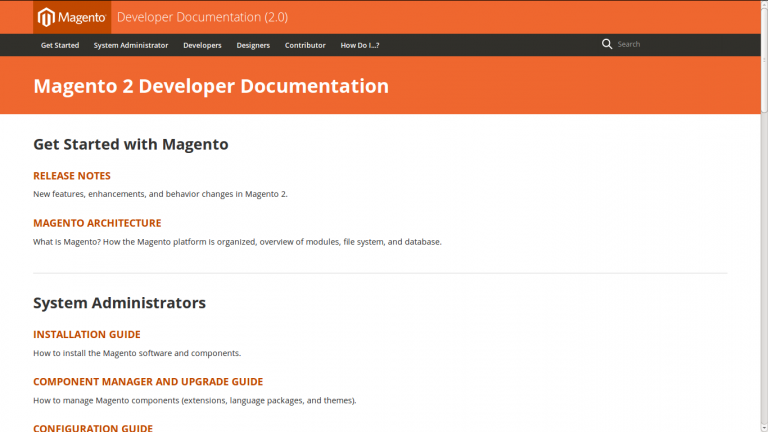

Step 3ĭeclare the plugin DckapCustomFieldsPluginCheckoutLayoutProcessorPlugin for the class MagentoCheckoutBlockCheckoutLayoutProcessor in your module’s di.xml. html field template under which the particular type of field is bound. Option → used to display the set of values for select option

html template for the field type used.Ĭomponent → the path to the. To choose your own input fields, you can refer the following Magento blog for a detailed know-how on UI components: To populate the chosen custom fields on the checkout page, create a plugin for the process method, MagentoCheckoutBlockCheckoutLayoutProcessor in the path app/code/Dckap/ CustomFields/Plugin/Checkout/LayoutProcessorPlugin.php where, elementTmpl Step 2Īmong several input fields available in the UI Component system, I have chosen Select, Text, and Date as custom fields. Input fields: ( input_custom_shipping_field, date_custom_shipping_field, select_custom_shipping_field ) of data type text. To create a custom option in the corresponding table, create InstallSchema.php in the path app/code/Dckap/ CustomFields/Setup. You could go through the following link to know more about creating a new module: įor instance, I have created a module with Dckap as Vendor name and CustomFields as the module name.
#MAGENTO 2 SYSTEM.XML DEVDOCS DOWNLOAD#
You can download the entire module from the below GitHub repository:Ĭreate a new module in the Magento and follow the steps populated below. Thus, I would need three different custom options (a select option, input fields, and a date component) to save in quote and sales_order table as shipping method options. In the case of store/warehouse pickup, we’d want the customer to pick a preferred warehouse location, Name and Contact number of the person who’s going to take the delivery, and preferred delivery time.
#MAGENTO 2 SYSTEM.XML DEVDOCS FREE#
Let’s imagine a scenario where a store owner wants to provide multiple shipping options to the customer – say free shipping to the customer’s address and also store or warehouse pick up. The scope of this article confines to create a custom field on the checkout page using the Form component in Magento 2. That said, there are two types of basic components: Listing and Form. pre-renders data in JSON format, thus more bound with Magento backend.has a simplified layout, thus handling XML files is easy.Also, they have a few advantages over the old Magento 1’s user interface. For developers, this approach allows reusing components in different locations. UI components in Magento 2 are a new approach that makes building user-interface components less cumbersome. This article is about creating custom fields using the UI components in Magento 2, a new feature that allows store owners to add custom fields, per need, to the Checkout Page. Creating custom fields enables businesses to add fields according to their business model as well as customers’ expectations. Here’s where Custom fields come into play. Not all store owners/customers would need the same set of fields that the Magento platform offers. Careers Join our thriving, ever-expanding global CommunityĮvery eCommerce Checkout Page is unique and different because they address a variety of requirements.Partners Meet the members of the DCKAP ecosystem.About Who we are, our story and tale of two rhinos.Events Gatherings of brilliant minds & actionable insights.Blog Stay up-to-date on all things eCommerce & tech.

Testimonials Don’t just take our word for it.Customer Stories Brands who simplified their commerce: and how.ADA Compliance Offer inclusive shopping experiences for your customers.eCommerce Analytics Measure past performance, predict what’s next.Product Content Sync Automate your content from aggregators to your channels.eCommerce Integration Seamlessly sync your apps and save 100s of hours.eCommerce Implementation Make your eCommerce store dreams an optimized reality.DCKAP Headless Faster time to market via a decoupled front & backend.DCKAP PIM Easily manage your product data across multiple channels.DCKAP Integrator Sync your eCommerce & ERP for a single source of truth.


 0 kommentar(er)
0 kommentar(er)
